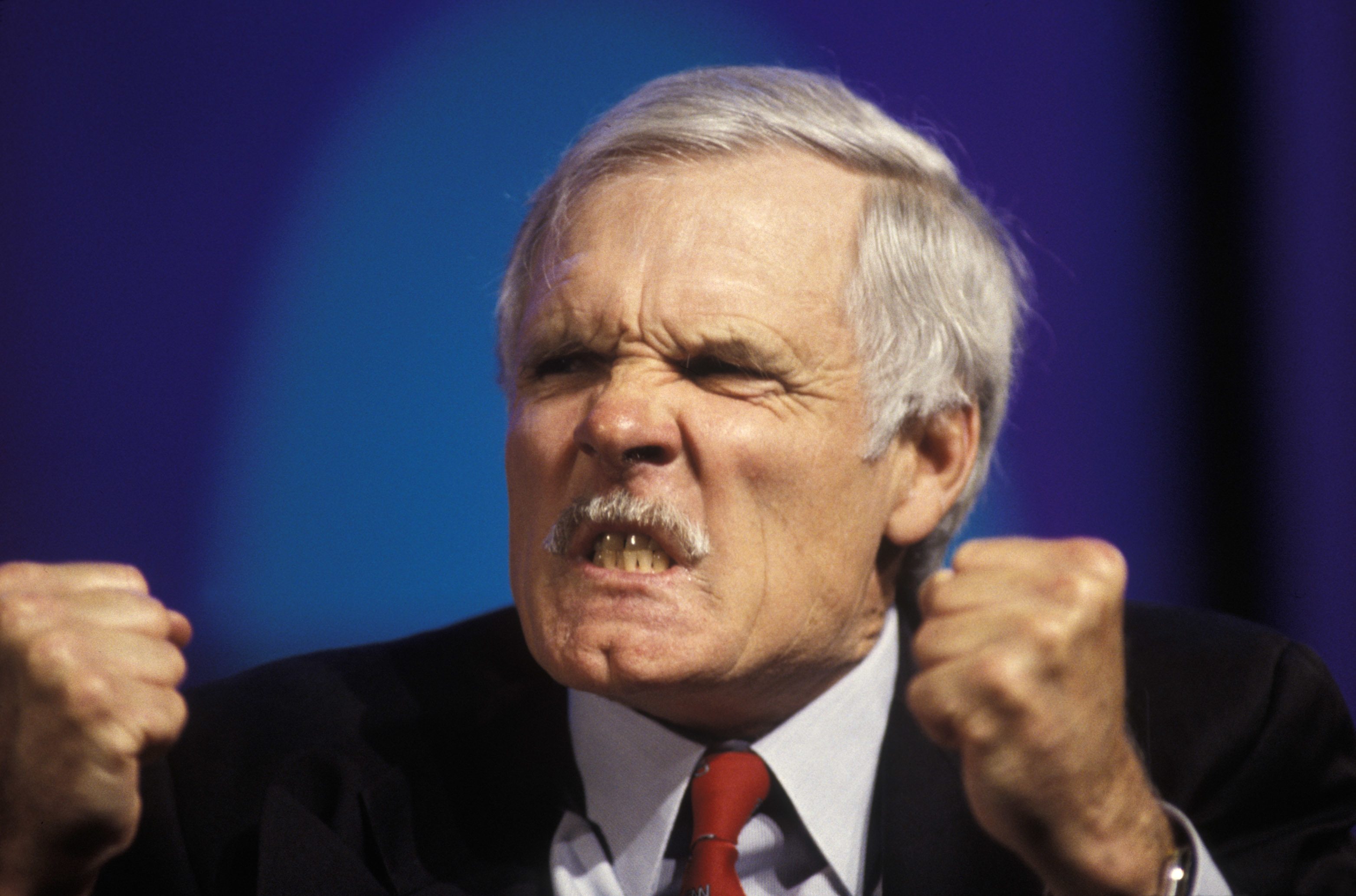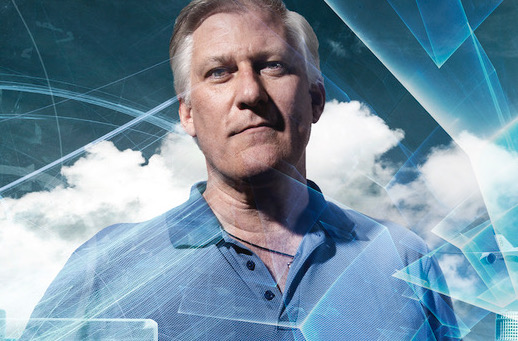
Three decades ago, the annual Western Cable TV Show was the place to watch mom-and-pop cable companies connect with dozens of just-launched cable channels. Great fun, and great swag. Then Viacom bought all the channels, TCI bought all the baby cable providers, and the Western Show went away.
Also, everyone made a lot of money.

The ad-supported streaming video business right now is pretty much where the Western Show was, circa 1990, except for the swag. Everyone’s standing up new services and channels, ad dollars are flowing, and possibilities seem endless, despite subscription video’s sudden winter.
Nowhere has that been more obvious than at events like last week’s X-Fronts, backed by trade group OTT.X, whose members operate hundreds of niche, mostly ad-supported channels. It is, as made clear by the industry experts whose panel I moderated, a nice time to be niche.
Most interesting is where the industry is headed. The panelists’ crystal balls looking five to seven years from now had a decidedly rosy hue, thanks to improving discovery and personalization, way better ad targeting and lots of new ad dollars to pay for everything.
For those suffering through this era’s kludgy interfaces, Plex’s chief product officer, Scott Olechowski, had a pungent prognostication.
“I think the experience is actually not going to suck,” he said. That will be a relief.
“I think a lot of stuff could be much, much better, much smoother, much more intelligent, much more personalized,” said Olechowski, who co-founded Plex in 2009. “There’s real money in the space. It's not just money for the subscription services. It's now for free content, and there's a real market here. We're all trying to figure it out. The technology is going to improve so fast. And I think that encompasses the entire experience. Discovery is such an important component of the experience. What should I watch next is probably a topic of everyday conversation.”
Short-term, the industry has a lot of work to do, said Erick Opeka, chief strategy officer for the just-renamed Cineverse (formerly Cinedigm). The company already is using Matchpoint Blueprint 2.0 tech to improve the viewing experience across its 33 networks and Katch’s “genomic traits” to help discovery.
“Right now, FAST are the lifeboats,” Opeka said. “But there's not enough lifeboats for big media to take every slot and every boat. Five to seven years from now … you’ll see a realignment, from paid television to FAST. You’re gonna see so many new models emerge in discovery. I think AI … will be at the core and heart of not only FAST, but many more products than we have today.”
TV maker Vizio also serves up 260 FAST channels through its WatchFree Plus platform, including 13 more announced in its recent spring showcase. Group VP Katherine Pond said that though the platform is doing a lot right, plenty of work remains.
“There’s so many things that we haven’t really even tapped into yet in the FAST environment,” Pond said. “So that’s better using [voice-activated controls]; that’s the opportunity for shoppable [videos]; that’s the opportunity to create bundles.”
Libraries Must Go Digital
Getting there will require library owners and distributors to modernize if they want to remain relevant, said Chicken Soup for the Soul Enterprises senior VP and general manager Laura Florence, who oversees Redbox, Crackle and its other streaming operations.
“So many libraries we’re working with aren’t digitized, they’re not ready,” Florence said. “They don't have the key points [for ads to be dropped in], they don't have all those necessary materials. There are so many pieces of just getting your libraries ready.”
The crucial challenge is creating discrete, understandable identities, so FAST audiences know what they’re getting when they click on a given channel, Florence said. It’s about giving viewers reasons to tune in.
“We don't have to be everything for everybody. Our audience is (focused on getting) value and movies, right?” Florence said. “And we're going to focus on that opportunity to make it easy for the customer to not get burnt out and to discover what they need.”
Building a distinctive and specific property is vital even for BBC Studios, the for-profit, U.S. wing of the British broadcaster, said VP Nik Mehta, who oversees FAST channel business development and operations.
“FAST models are going to have the kind of brand identities that will be ubiquitous and very consumer-facing,” Mehta said. “What’s nice about BBC is we have the opportunity on our channels to bring content that has never been seen in the U.S. before, just by the nature of our [100-year-old] catalog. And I think we're seeing a lot more exciting new ways to premiere content. It all comes back to collaborating with our platform partners to see what makes sense for their audience.”
The watchword will be personalization, aided by the judicious use of AI.
“I'm going to continue to use that phrase of the complete consumer experience,” Pond said, of not only delivering the right shows, but also the right ads.
“How do we make sure that the tech on the advertising side is [delivering] the right ad to the right consumer at the right moment?” Pond said. “I'm using my voice to watch the channel. And then I'm watching the exact content that I knew I wanted to watch. And I get that targeted ad that was meant for me. That is the complete experience.”
An AI-Driven Future
AI likely will undergird “the early stages of some new competing entertainment,” Opeka said. He likened the shift to the rise of YouTube and other mobile-video social platforms that command vast global audiences, but didn’t exist that long ago.
“It’s really over the last five to seven years that (mobile social video has grabbed) a stranglehold in people's daily lives with multiple hours, in some cases, of consumption,” Opeka said. “I think you’re going to see new forms of entertainment emerge around generative AI that we can't even contemplate.”
Like YouTube, streaming video companies need to be far more social, Olechowski said.
“We’re adding social pieces to the platform so that you can connect with your friends; so that on the screen or on your phone you can see what they’re watching, what’s trending, what they’re writing about,” Olechowski said.
That will help extend the water-cooler conversation to even far-flung friends and family.
“There’s gotta be an easier way to discover” shows to watch, Florence said. “Decision paralysis is a real thing. And I’m genuinely excited to see what each company’s solution is … to just make that experience easier for the customer. For us right now, it's focusing on what all of our customers are asking for, rather than trying to do everything.”
So how to survive and win? You’d better be light on your feet.
“Collectively, we all need to be incredibly flexible,” Opeka said. “Just think about how much we already all have to iterate in the FAST space alone. That’s just going to be the nature of entertainment. The rate of change is accelerating so quickly. We have to all be ready and willing to adapt to new models, new ways of thinking, extremely fast and you have to partner with each other.”







